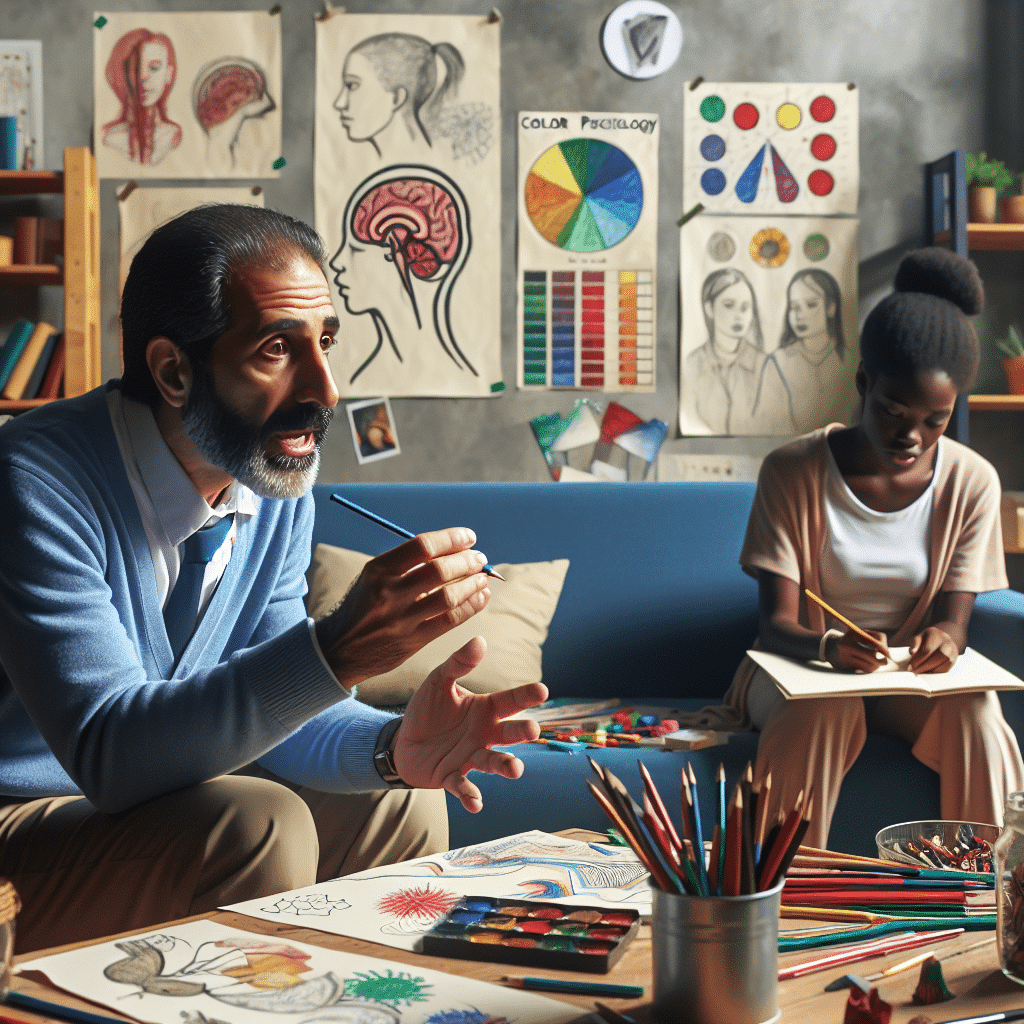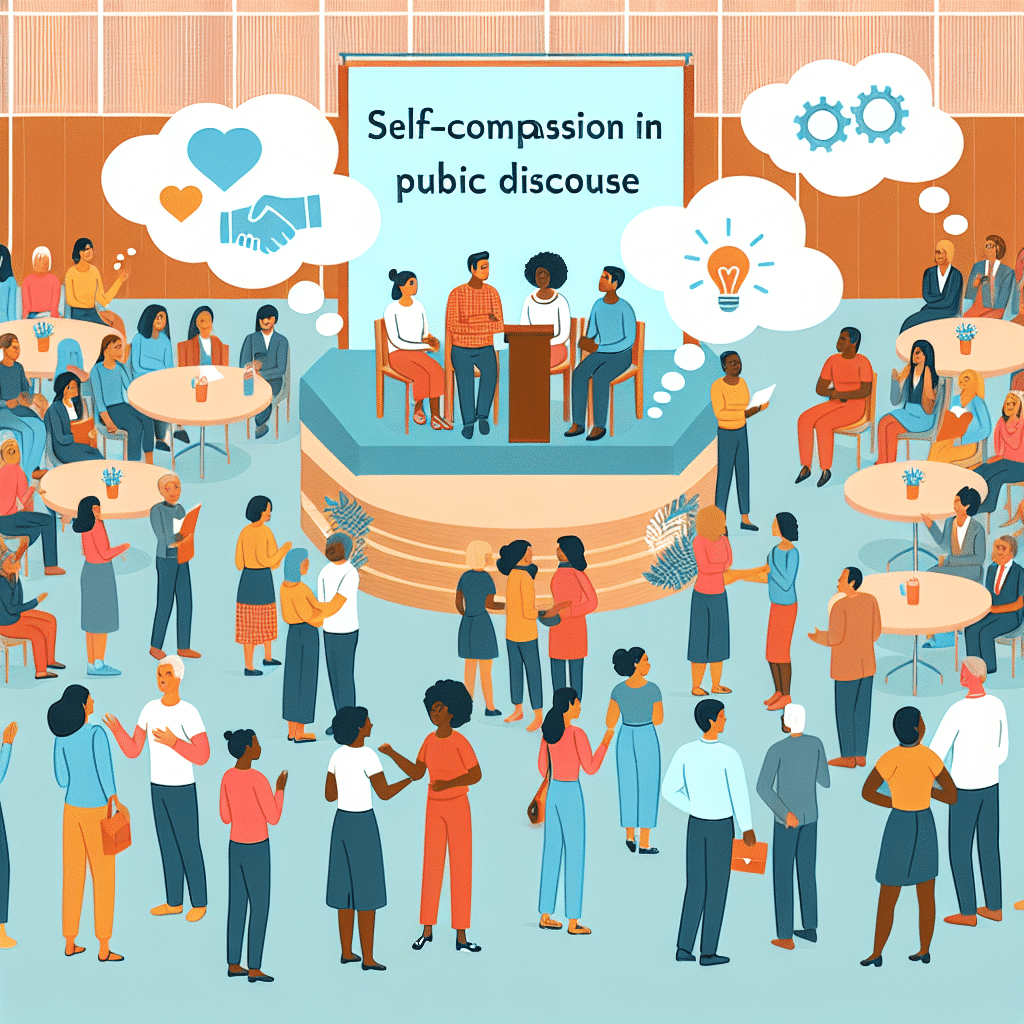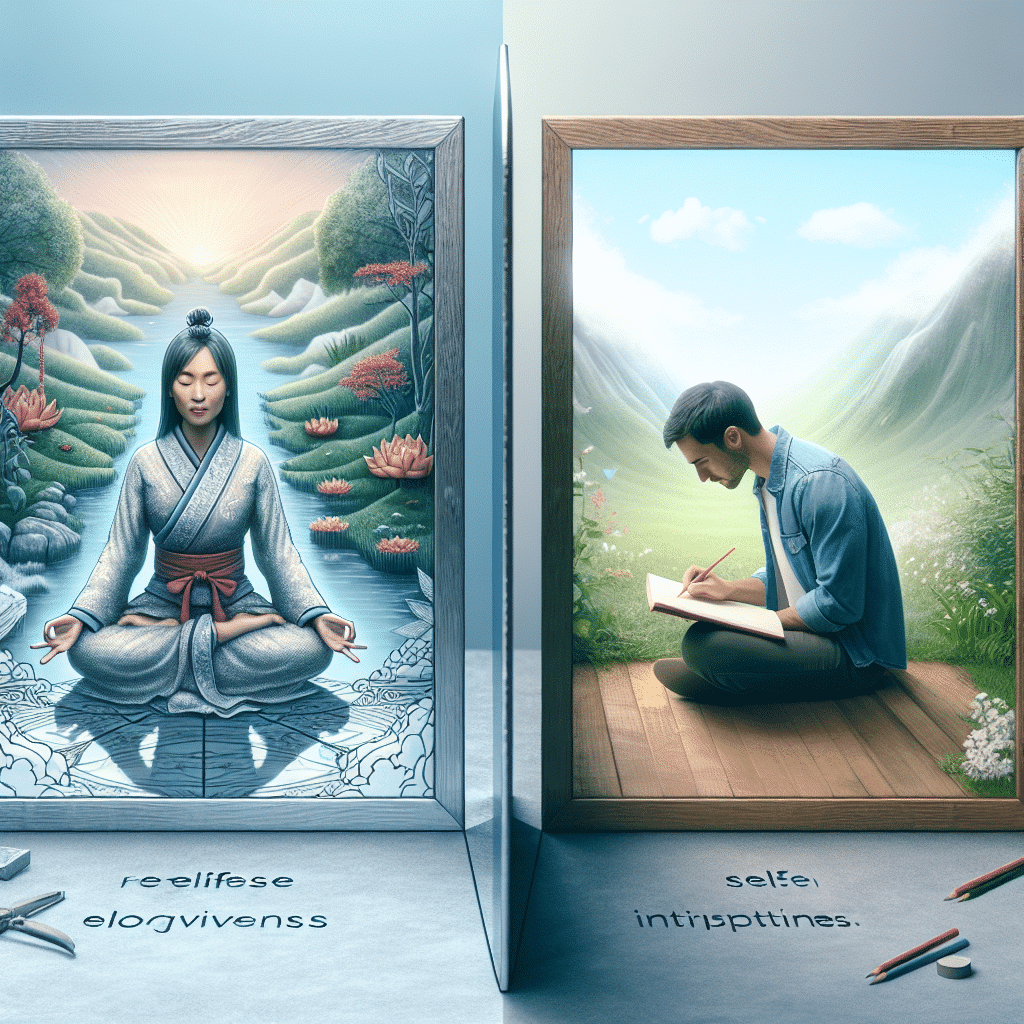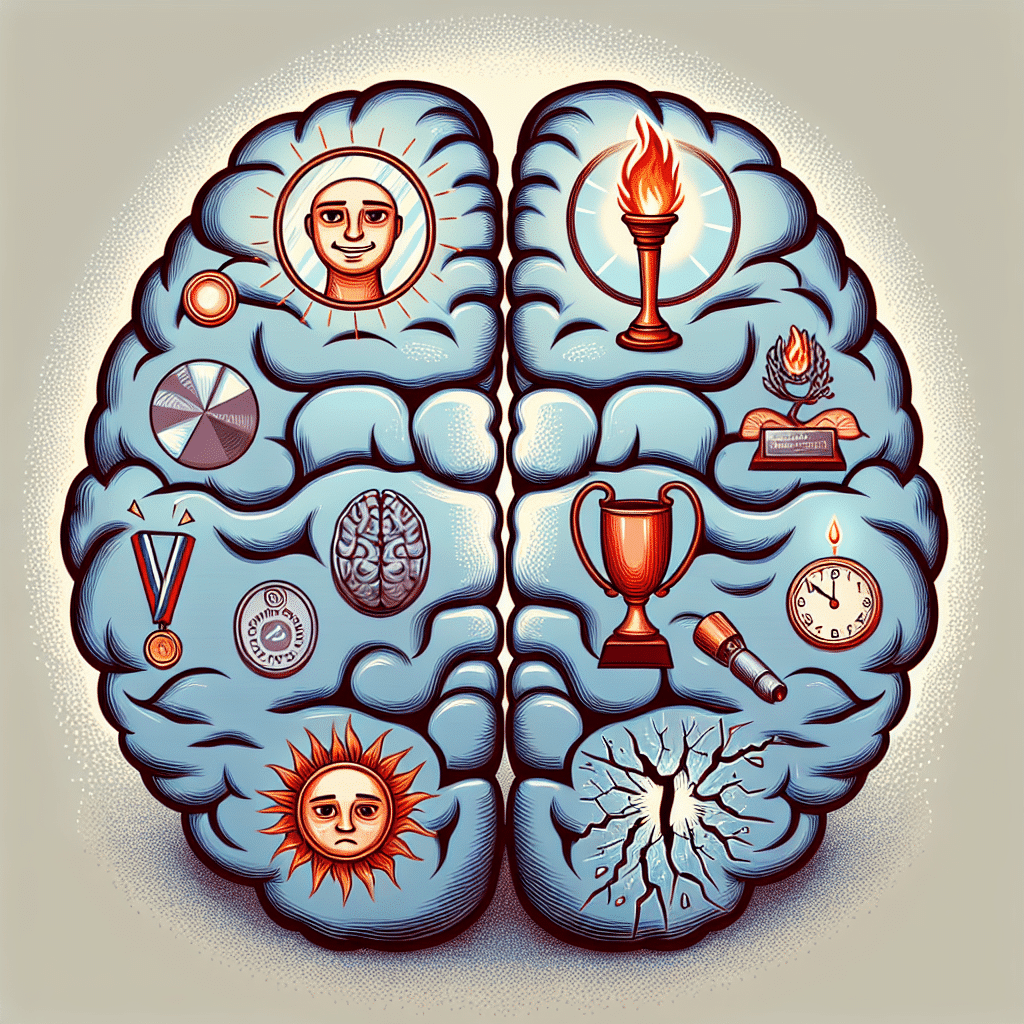
Understanding narrative therapy involves exploring how individuals construct their own stories in order to make sense of their experiences and beliefs. This therapeutic approach emphasizes the importance of understanding and reshaping these narratives in order to create positive change and healing.
Importance of creativity in therapy
Creativity plays a crucial role in therapy, especially in narrative therapy where individuals are encouraged to reframe their stories and gain new perspectives on their experiences. By incorporating creativity into the therapeutic process, clients can explore their thoughts and emotions in a non-traditional way, allowing for deeper insights and understanding.
Through creative expression, individuals can externalize their problems, making it easier to identify and work through them. This could involve using art, music, writing, or other creative mediums to explore and articulate their feelings. By tapping into their creative side, clients can access new ways of thinking and problem-solving that may not have been available to them through traditional talk therapy alone.
Research has shown that engaging in creative activities can reduce stress, improve mood, and increase overall well-being. When integrated into therapy, creativity can provide a safe space for clients to process trauma, build resilience, and enhance self-awareness.
Additionally, creativity in therapy allows for a more holistic approach to healing, addressing not just the cognitive aspects of a client’s experience but also their emotional, physical, and spiritual well-being. This can lead to more comprehensive and long-lasting results, as clients are able to tap into their own inner resources and strengths through the creative process.
Overall, creativity in therapy can help clients break free from old patterns of thinking and behavior, enabling them to rewrite their narratives in more empowering ways. By fostering creativity in therapy, therapists can empower their clients to explore new possibilities, challenge limiting beliefs, and create a more fulfilling future for themselves.
Techniques for incorporating creativity in narrative therapy
Narrative therapy is a form of therapy that focuses on the stories individuals tell about themselves and their lives. By incorporating creativity into narrative therapy, therapists can help clients explore their narratives in a more engaging and meaningful way. Here are some techniques for incorporating creativity in narrative therapy:
1. Art Therapy:
Using art materials like paint, clay, or collage, clients can visually represent their narratives. This allows for a different form of expression that may uncover new insights and perspectives.
2. Writing Exercises:
Encouraging clients to write stories, poems, or letters can help them explore their narratives in a structured and introspective way. Writing exercises can also be used to rewrite negative or limiting narratives.
3. Role-playing:
Engaging in role-playing exercises can help clients step into different perspectives and explore alternative narratives. This can be especially helpful in challenging negative self-perceptions and exploring new ways of being.
4. Metaphor Exploration:
Using metaphors, symbols, or imagery, clients can explore deeper meanings and connections within their narratives. Metaphor exploration can provide a new lens through which to view one’s experiences and emotions.
5. Music Therapy:
Listening to or creating music can evoke emotions and memories that are linked to specific narratives. Music therapy can be a powerful tool for connecting with and processing one’s narrative in a non-verbal way.
By incorporating creativity into narrative therapy, therapists can help clients explore their narratives in a more holistic and personalized way. These techniques can deepen the therapeutic process and empower clients to rewrite their stories in a more empowering and transformative manner.

Case studies showcasing creativity in narrative therapy
Narrative therapy is a powerful tool for helping individuals reshape their personal stories and find new paths for growth and healing. When combined with creativity, this form of therapy can become even more impactful, as it allows clients to explore their narratives in unique and expressive ways. Here are some case studies showcasing the use of creativity in narrative therapy:
1. Visual Art Therapy:
One client struggling with self-esteem issues used visual art as a way to externalize and explore their inner thoughts and feelings. Through painting and drawing, they were able to visually represent their struggles and challenges. This creative process helped them gain a deeper understanding of their narrative and encouraged them to see themselves in a more positive light.
2. Journaling and Storytelling:
Another client used journaling and storytelling as a creative outlet to process past traumas and make sense of their experiences. By writing down their thoughts and feelings, they were able to reframe their narrative and find new meanings in their personal history. This creative approach allowed them to reclaim their story and move towards self-empowerment.
3. Role-Playing and Drama Therapy:
A client struggling with relationship issues engaged in role-playing and drama therapy exercises to explore different perspectives and narratives. By embodying different roles and scenarios, they were able to role-play challenging conversations and interactions with significant others. This creative approach helped them gain insight into their relationship patterns and develop new communication strategies.
Overall, these case studies illustrate how creativity can enhance the therapeutic process and foster personal growth. By incorporating creative techniques into narrative therapy, clients can explore their narratives in a multidimensional way, leading to deeper insights and transformative changes in their lives.
Benefits of Combining Narrative Therapy and Creativity
Combining narrative therapy with creativity can lead to numerous benefits for individuals seeking therapeutic support. By utilizing creative techniques, therapists can help clients explore and reshape their personal narratives in more dynamic and engaging ways. Here are some key benefits of incorporating creativity into narrative therapy:
1. Enhanced self-expression:
Through creative expression such as art, writing, or storytelling, clients can access deeper parts of themselves and communicate their experiences in a non-verbal or symbolic manner. This can help individuals express emotions and experiences that may be difficult to put into words, leading to a more holistic and authentic exploration of their narrative.
2. Increased self-awareness:
Creative activities can provide clients with new perspectives on their stories and beliefs, fostering a deeper understanding of their thoughts, feelings, and behaviors. By engaging in creative tasks, individuals can gain insights into their own values, motivations, and patterns of relating to others.
3. Empowerment and agency:
By revisiting and reconstructing their narratives through creative means, clients can reclaim agency over their stories and identities. Creative practices allow individuals to actively engage in the process of meaning-making and story-telling, empowering them to rewrite narratives that align with their values and aspirations.
4. Emotional processing:
Creative expression can serve as a safe outlet for processing and releasing pent-up emotions, traumas, or unresolved conflicts. Engaging in creative activities can help individuals externalize their inner experiences, making it easier to explore and navigate complex emotional landscapes.
5. Promotion of resilience and growth:
Exploring narratives in creative ways can help clients reframe challenges as opportunities for growth and transformation. By embracing creativity in therapy, individuals can cultivate resilience, develop new coping strategies, and foster a sense of hope and possibility for the future.
Overall, the integration of creativity into narrative therapy offers a rich and multifaceted approach to healing, growth, and self-discovery. By tapping into the power of imagination and innovation, clients can embark on a transformative journey towards healing and empowerment.

Summary:
Narrative therapy focuses on the power of storytelling to reframe and make sense of one’s experiences. The integration of creativity in therapy can enhance this process by allowing clients to explore their narratives through art, music, and other forms of expression. By incorporating creative techniques such as visual arts, writing, or drama in narrative therapy, clients can gain new perspectives on their lives and develop a deeper understanding of their emotions and experiences.
Through case studies, it is evident that creativity can bring forth a unique and transformative element to narrative therapy, encouraging clients to engage with their stories in a more imaginative and expressive manner. By embracing creativity, clients can not only communicate their narratives more authentically but also discover new meanings and possibilities within their stories.
Ultimately, the combination of narrative therapy and creativity offers a dynamic and effective approach to therapy, empowering clients to rewrite their narratives, explore diverse perspectives, and cultivate resilience and personal growth through the power of imagination and self-expression.






